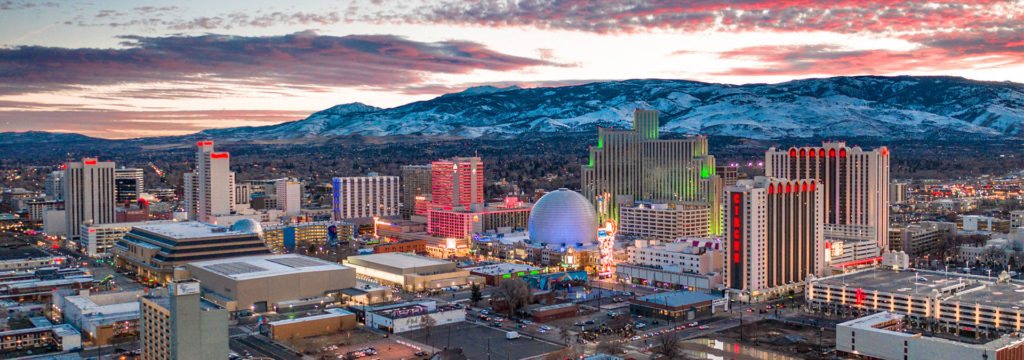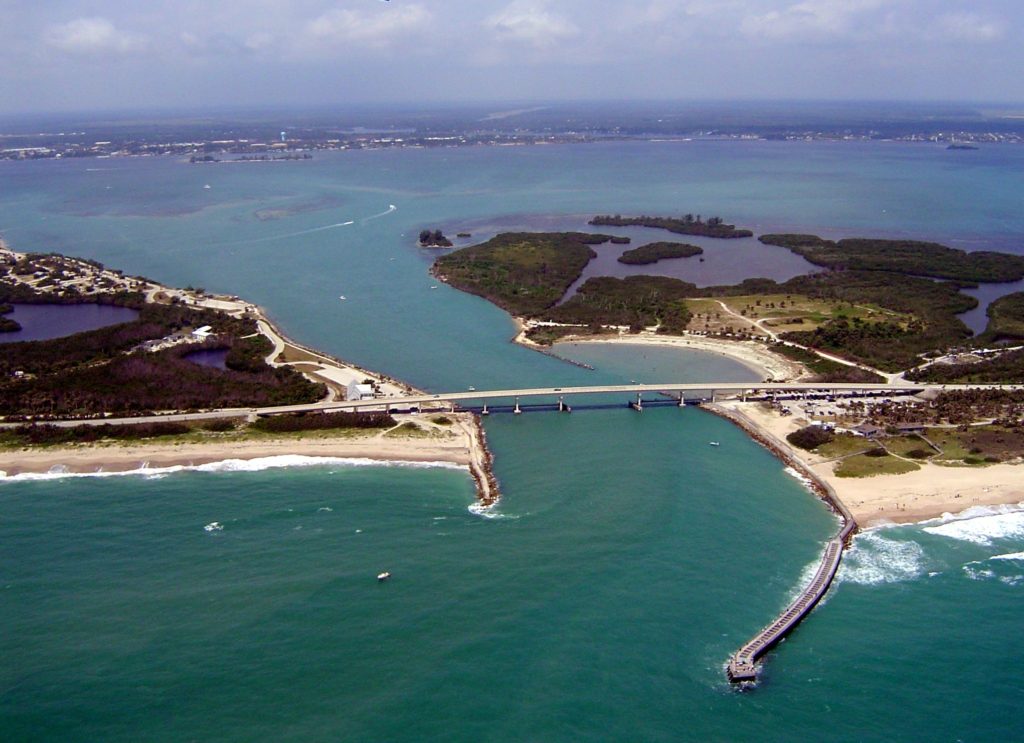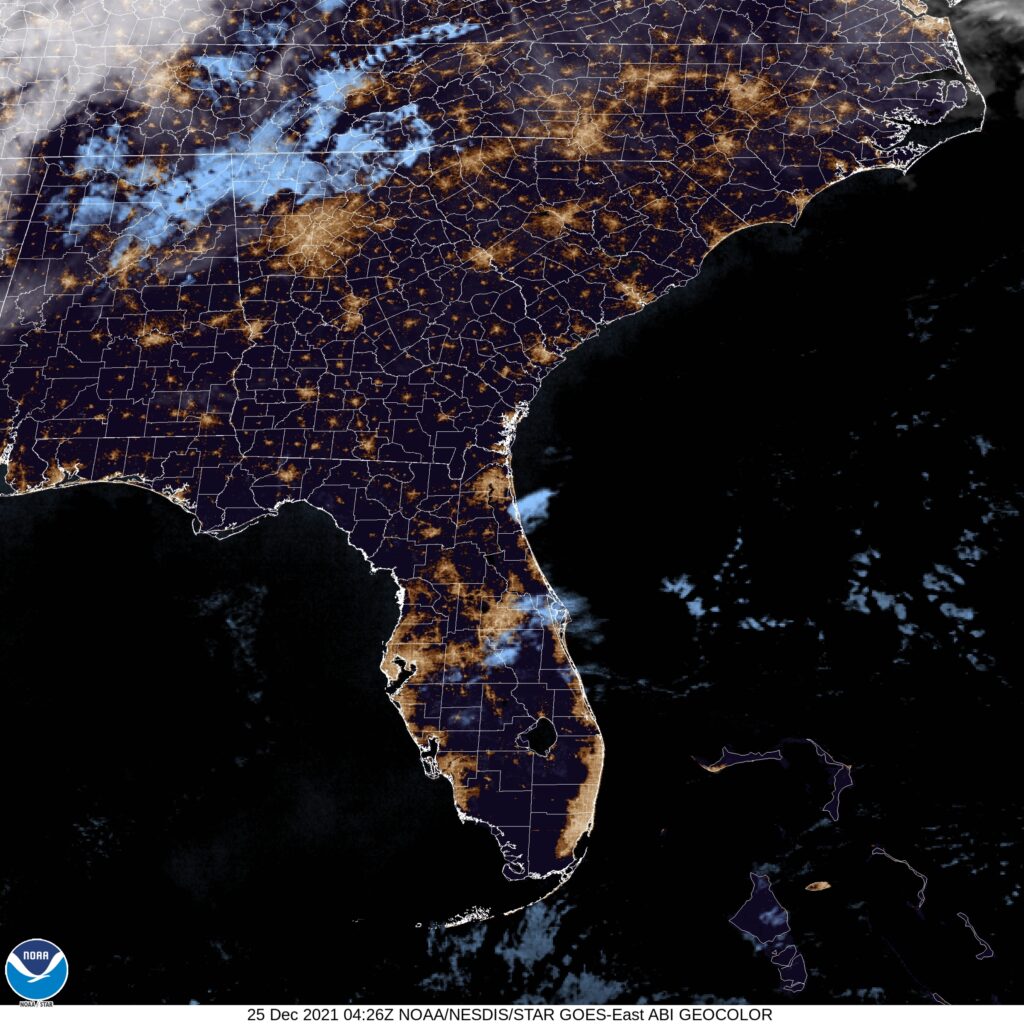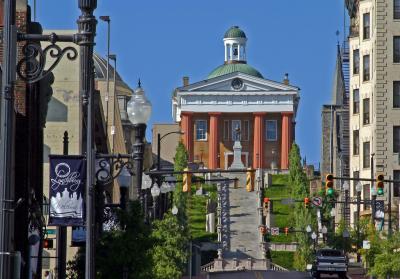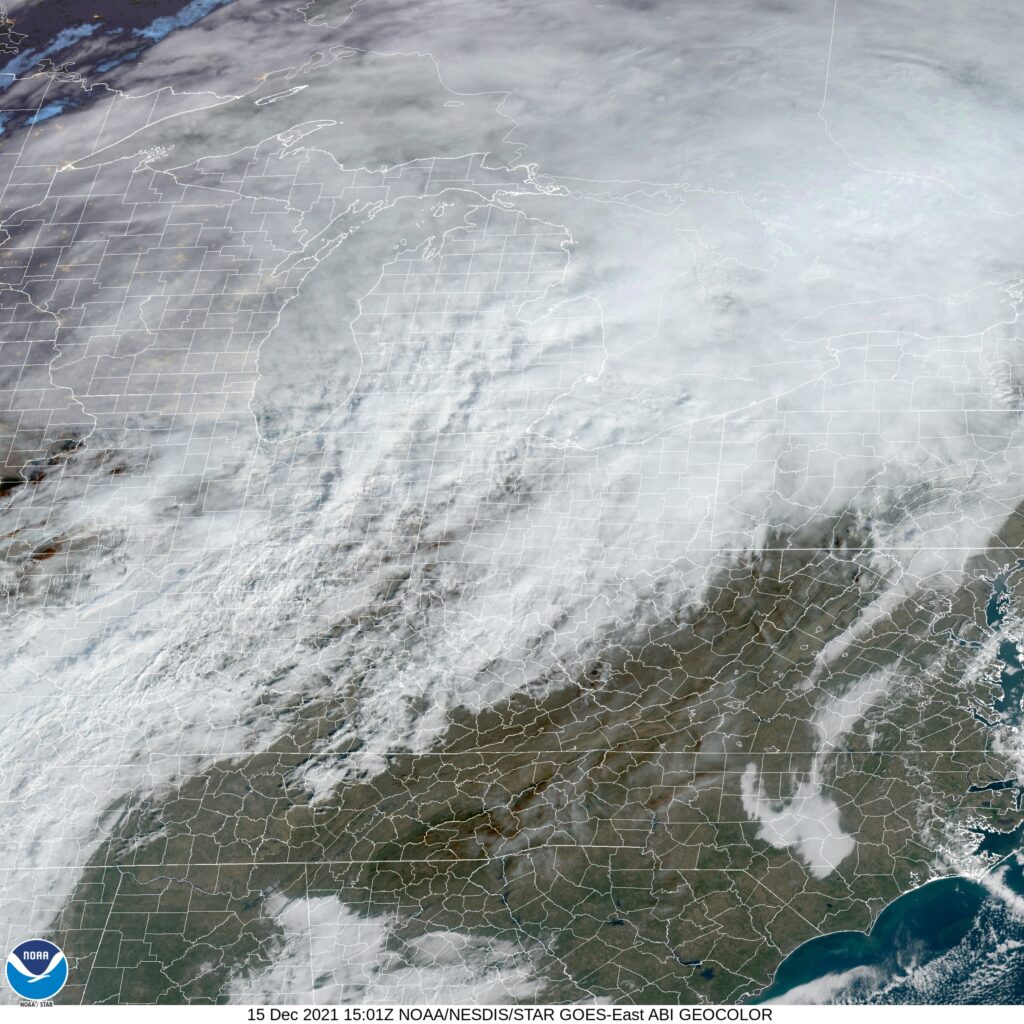The weather took a terrible turn this past month, with dozens killed in a tornado outbreak centered around the lower Ohio Valley, and strong winds and isolated tornadoes coming at the an unusual time, and bringing destruction to the Upper Midwest. One question that was raised, particularly after the Mayfield tornado occurred, and the samage and loss of life was assessed was what could have been differently.
From a meteorologist’s standpoint, there wasn’t much. There was at least a 20 minute lead time in Mayfield, for example which was certainly enough time for shelter to have been taken, even for some people in the small town to find safety in a structure other than the destroyed candle factory where so much loss occurred, if they didn’t think the building itself was safe.
Meteorologists used every tool they had at their disposal, and they did so in a timely, generally accurate pattern. Not only was there an outlook for severe weather in western Kentucky, but it was posted as a moderate risk. There were tornado watches for hours ahead of time, and Mayfield itself was in a tornado warning with a confirmed tornado, before the warning was upgraded to a tornado emergency, with 15-20 minutes of lead time. The tornado emergency, which doesn’t come until after a tornado warning is issued, gave residents almost twice as much of a lead than a tornado warning typically affords.
The issues are educational and psychological. With as much lead time, and as quality as the forecast was with a good handle on the live situation as meteorologists had, it filters back to the populace to be their own own last line of defense. Praise, rightfully, has been given to local NWS and television meteorologists, but their calls for safety went unheeded by some.
Some answers to the source of the issues can be seen in the response to the storm in the Upper Miwest a week later. There was a great deal of concern ahead of time for a serial derecho, with some tornadoes and even strong wind outside of the heaviest storms. Tornadoes did hit several communities from Nebraska to Iowa, Minnesota and Wisconsin, but the track was a hair further south than had been anticipated in a lot of forecast outputs. To hear many residents of the Twin Cities tell it, the forecast was completely off, even though the storm had been significant, with confirm tornadoes one county outside of the greater metropolitan area.
There is a segment of the population that gives weather forecasts zero margin for error, and even though most broadly consumed forecasts are for a region, rather than a point, a forecast’s validity for many users is only accurate insofar as it is accurate for their location. The SPC said there was a chance for a tornado within 25 miles of the metropolitan area This forecast was indeed accurate, but some residents likely disagree with that assessment, as there were no tornadoes IN the metro area.
If there is a preconditioning towards disbelief of a forecast, the forecasts are not going to be regarded, and that is generally OK with me. If you want to be caught without a coat or an umbrella, that is your prerogative, but also, a warning is not the same as a forecast, and the messaging reflects that, even is the reception doesn’t.
In this case, it comes down to education. While forecasts are broad, various updates and warnings become more focused as severity increases. This has always been the case, but even my closest friends and family can’t always figure out the difference between a watch and a warning. If that’s the case, adding the extra layers of a reported tornado warnings and tornado emergencies lose their efficacy. Under no uncertain terms, these definitions should be taught in schools, as should local geography. If you know where you are on a local map, you can look at radar yourself and “do your own research” if you don’t believe meteorologists.
Another phenomenon of human psychology, especially as it pertains to warnings and the weather, is described well in the fable of the Boy Who Cried Wolf. Even in Mayfield, there was a tornado warning earlier in the day, and it is alleged that the fact that the first warning bore no harm to Mayfield perhaps led management of the candle factory to disregard the second forecast. A look at a radar would have shown that another storm was indeed on it’s way, and an education in the parlance of warnings would have shown that this second warning was actually a tornado emergency, and significantly more serious.
Meteorologists and anthropologists for years have known that repeated warnings lead to increased popular dismissal of the warnings, and the National Weather Service has responded by reformatting warnings to base them on polygons, rather than strictly by county. They have altered the text in warnings, and added tornado warnings to reflect severity, or to focus the warnings even further on individual locations. At some point, we need to focus on education to make sure these messages are understood and acted upon appropriately.

